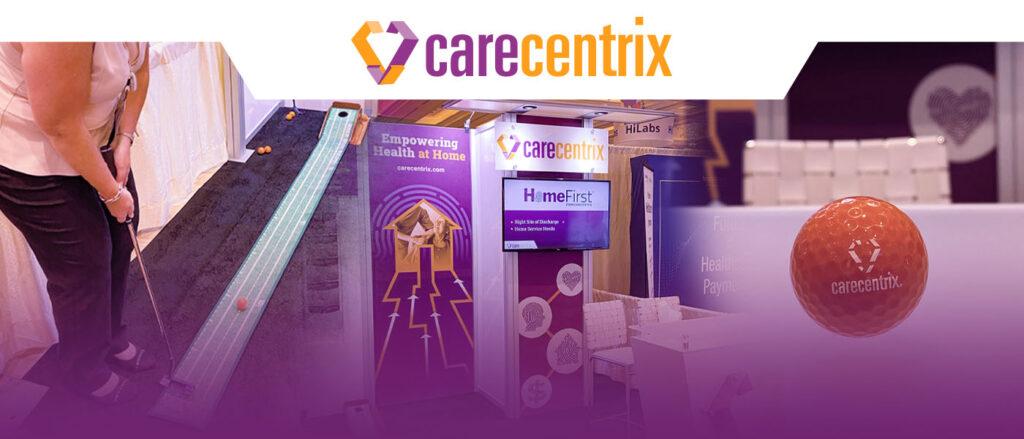Why Dialysis Is Heading Home
Why Dialysis Is Heading Home


Chronic kidney disease (CKD) in the U.S. is becoming a severe public health problem. According to the United States Renal Data system, there are approximately 700,000 Americans with CKD, and a half-million of them are currently undergoing dialysis. Despite increased awareness and advances in medical care, the prevalence of CKD is increasing. A recent study revealed that disability-adjusted life years attributable to CKD increased 53% between 2002 and 2016. Deaths from CKD increased 58% over the same period. The authors speculated that the increases in CKD were due largely to increased prevalence of type 2 diabetes and the aging of the population.
Simultaneously, elderly patients are expressing a desire to receive care at home. Nevertheless, fewer than 12% of individuals who require dialysis in the U.S. receive it at home, despite the fact that 90% of nephrologists surveyed responded that they would prefer home dialysis themselves. The disparity between the preferences of dialysis patients and the actual provision of their care has driven some major players to become more involved in delivery of home dialysis.
On February 26, 2019, Fresenius Medical Care — one of the two main dialysis providers — acquired NxStage Medical, a rising star in the home dialysis market. The final hurdle in the 3-year process involved Fresenius successfully convincing the government that the acquisition complied with federal anti-trust laws. The $2 billion price tag demonstrates that Fresenius understands the trend toward delivery of health services at home and is willing to make a substantial investment to jump aboard the home care train.
[Read on to the case for care at home]
CVS joins in
In April 2018, CVS announced plans to enter the home dialysis market as well. The Rhode Island-based pharmacy chain’s plans involve several phases. The first phase is to leverage the widespread penetration of in-pharmacy clinics to identify patients with CKD. Simultaneously, they are working with an unnamed device manufacturer to study a hemodialysis dialysis device with the aim of obtaining FDA approval. It remains uncertain whether CVS plans to convert some of their in-store clinics to so-called “transitional” dialysis centers.
Payment pressures
Not all of the incentive to move dialysis to the home is driven by patient preference. There is also long-term pressure on payors (public and private) to reduce total medical expenditures. A growing body of evidence suggests that home dialysis is more cost-effective than hospital- or clinic-based dialysis, while outcome data has demonstrated that home dialysis is as safe and effective as clinic-based care.
The high cost of dialysis loomed in the background of a historic ballot initiative in California in November 2018. The ballot question asked voters if they wanted the state to limit the amount of money that a dialysis clinic could charge to 115% of the direct costs of delivering care and training staff. The initiative was created by the California union wishing to organize dialysis clinics, but who had been prevented from organizing by the companies running the clinics. The “no” campaign spent a record-breaking $111.4 million to defeat the measure, ultimately prevailing at the ballot box. The long-term effects on the cost of dialysis are unclear, and some experts claim that much of the money spent on the ballot question would have been more effectively directed at educating the public about alternatives to clinic-based care.
Telemedicine and home dialysis
Until recently, payment guidelines required that patients on dialysis make monthly visits to their nephrologist. As of February 2018, new legislation allows two-thirds of those visits to occur via telehealth. The same legislation removed barriers to dialysis equipment providers that had previously been penalized for providing multiple months of supplies. Some nephrologists have expressed concerns regarding the lower number of annual visits, particularly since obtaining compensation for telehealth visits has been dauntingly complex.
Taken together, the changes to the healthcare economy over the last 12 months suggest that the outlook for home dialysis is mixed. Regulatory hurdles make it difficult for innovators to enter the dialysis market. The major providers of dialysis equipment and services control the supply, and to a large degree, the costs. Nevertheless, there are hopeful signs that home dialysis will continue to become more accepted and available, particularly as the number of patients requiring dialysis continues to grow.
Related Blog Posts

Closing the Gap: How Timely Delivery of Home Health Care Drives Better Outcomes
The High Stakes of Post-Hospital Care The transition from hospital…

Sleep Disorders: The Silent Epidemic Costing $94B Annually
Just like eating healthy, drinking enough water, and exercising, we…

4 Healthcare Trends that MA Plans Should Know in 2023
This year will be one marked by significant change and…

Delivering Care at the Community Level – A Common denominator at HLTH 2022
Each year, HLTH brings the entire healthcare industry together —…

The Future of Serious Illness Care: 3 Ways to Improve Your Strategy
With serious illness care being a highly uncoordinated part of…
AHIP 2022: Home Health Care Industry Trends
Recently, health plan executives from across the country, along with…
